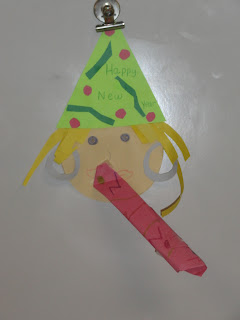Non-Fiction Part 4
SQ3R stands for Survey, Question, Read, Recite, Review
Check out Non-Fiction SQ3R (Survey)
and
Read-Read from beginning to end. Stop to answer questions.
During this part of the process, students will read the text from beginning to end. Students will answer the questions ask during the question phase of the process.Students answer the questions on the back of the post it notes in my classroom. I have also used index cards. (Students write questions one side and answer on the other side, or students write question on top half of the card and answer on the bottom half of the card. this all depends on the size of the students' handwriting.) I have also used notebook paper for older students. During the teach, model, scaffold phase, my students write the answers to their questions on the back of the booklet we are making.
Stay tuned for SQ3R--Recite





















































